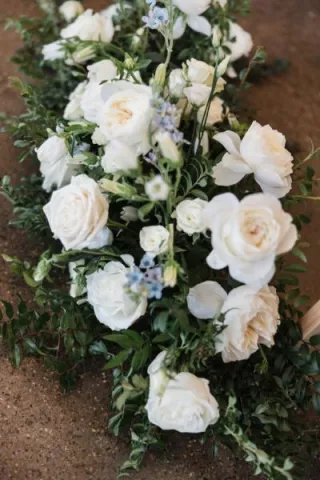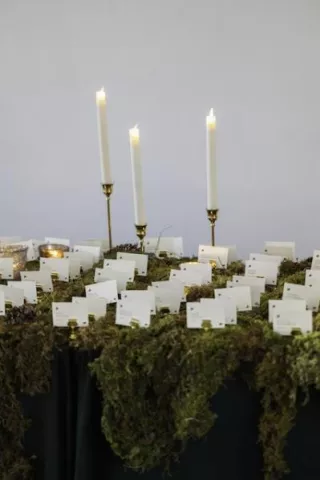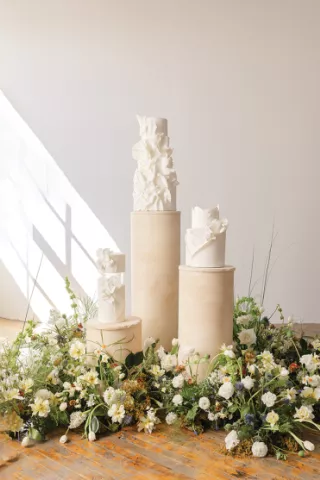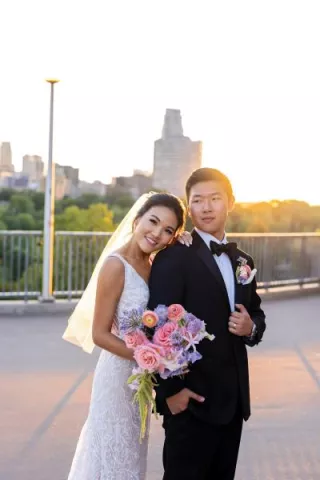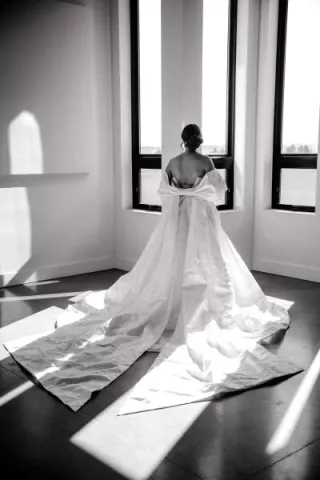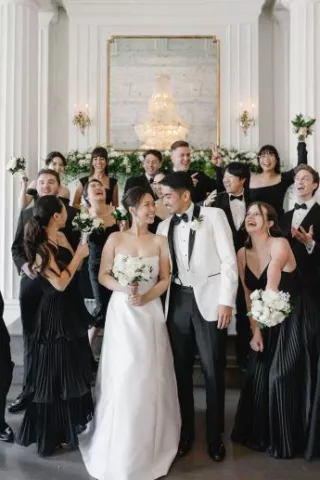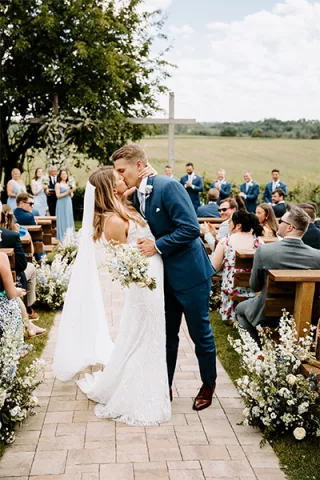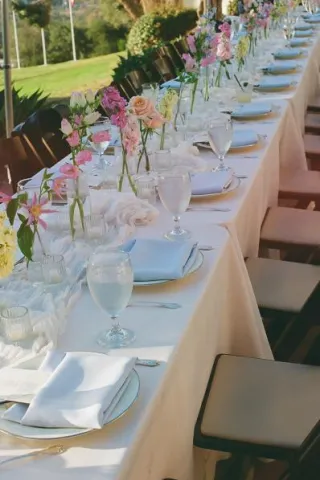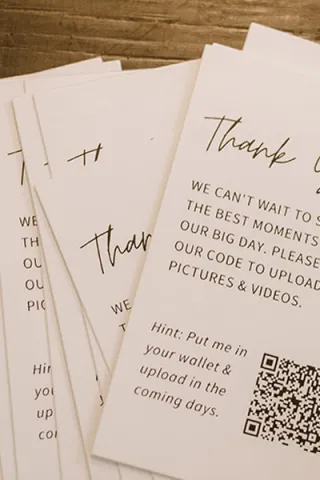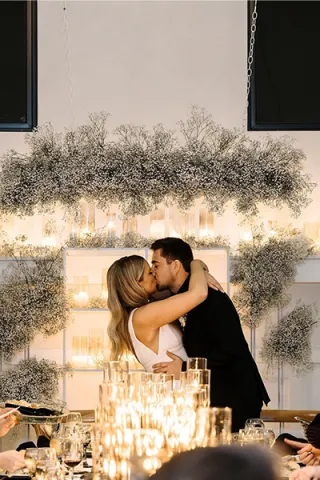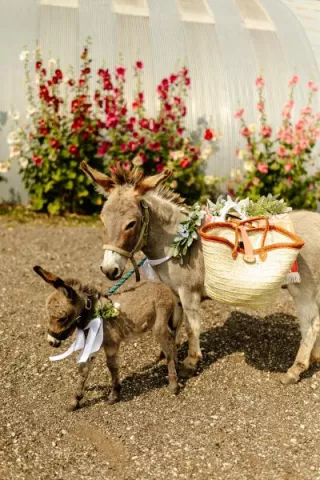As lead planner of This Love Weddings, Faith O. Folayan knows a thing or two (or 10) about wedding invitations. Not just a simple who-what-when-where, invites can set the tone for your wedding day and also introduce your guests to the planning process. Between all the pieces though, it can get confusing as to what's what and when to send which piece. Here, Faith breaks down the general parts of a wedding invitation.
- Save the date A save the date is a notice that states the wedding date for guests to mark on their calendars. It allows out of town guests to plan ahead for flight arrangements and time off during peak vacation seasons. The ideal time to send a save the date is five months to a year in advance of your wedding date. Save the dates can be a card, magnet, video or any other creative outlet that you choose.
- Wedding invitation This is the feature piece of the wedding stationery. It is the largest piece that contains details of the wedding ceremony. For an informal wedding or when the reception is held in the same venue the statement “reception to follow” is placed on the invitation rather than placed on a separate card.
- Reception card The reception card informs the guests of the time and place of the reception. A reception card is typically included if the reception location is a different venue than the ceremony; for a formal wedding this is generally a must. Some couples may choose to have a private ceremony and large reception or vice versa—a reception card is then needed.
- Response (RSVP) card and envelope The response card is mailed along with the wedding invitation to receive the most accurate account of guests for the reception. Invitees are to send the card back whether or not they are able to attend your wedding day. Response cards can be classic fold, panel cards or double side postcards. The response card is accompanied with an addressed, pre-stamped envelope. As for response deadline dates, I personally believe the deadline should be no later than two to three weeks from the date your caterer requires the final count. This leaves ample amount of time to connect with guests who have yet to respond, so you aware of your exact guest count.
- Accommodation card The accommodation card is geared towards your out of town guests and is especially helpful for destination weddings. The accommodation card includes detailed travel information such as hotel options, near by airports, rental car agencies and area attractions. The accommodation card can also include the wedding website.
- Map/direction card The map/direction card ensures no one gets lost, or arrives late on your wedding day. This card is printed in the same style as the invites. Have a map with clearly written street names printed on the card. Make sure to provide simple directions for guests coming from various directions. Optional: Add parking information if free parking is not easily accessible.
- Inner envelope The inner envelope holds the wedding invitation and cards; at times the pocket fold is inserted into the inner envelope. A colored liner inside the inner envelope is a great way to bring your wedding color into your wedding invitations.
- Outer envelope The outer envelope is formally addressed to the guest and holds the inner envelope and it’s enclosures. Outer envelopes can be ordered with returned addressed printed on the flap of the envelope. To add a personal touch, consider hiring a calligrapher to address your envelopes.
Above invitation by Paperista. Photography by Erica Loeks.
